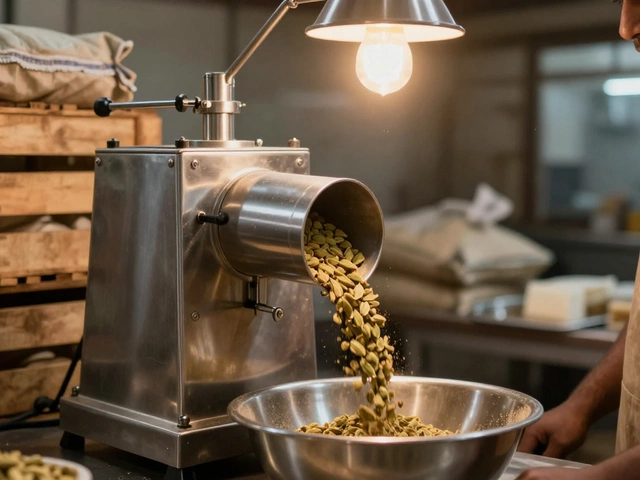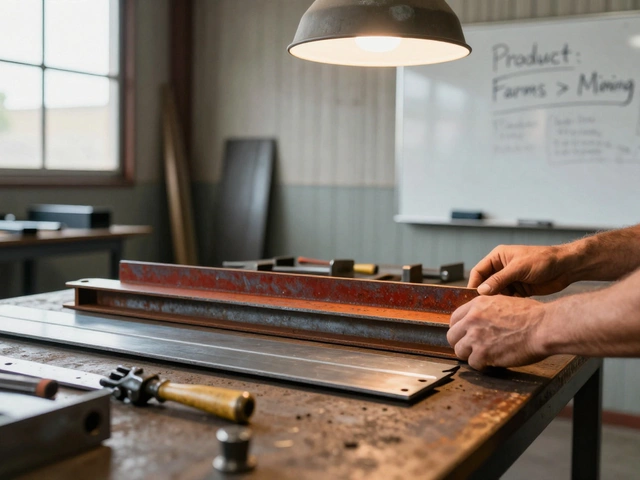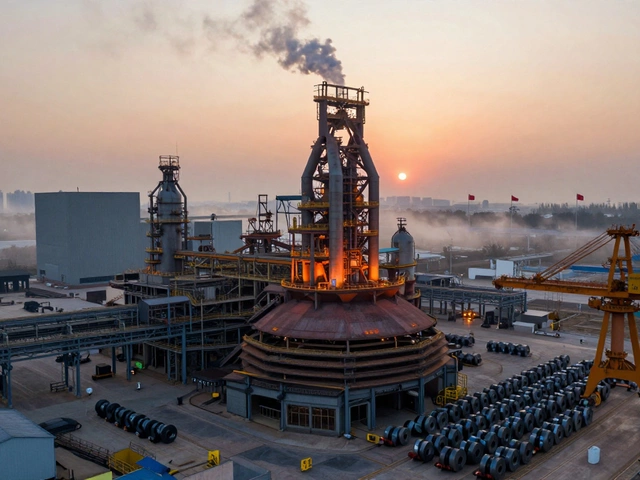Steel Tycoon: Inside India’s Metal Moguls and Their Impact
When you hear the word “steel tycoon,” you probably picture big factories, massive shipping yards, and huge profit margins. In India, those tycoons are the backbone of the country’s push to become a global manufacturing hub. Let’s break down what they do, why they matter, and how you can get a foot in the door.
What Defines a Steel Tycoon?
A steel tycoon isn’t just a rich guy who owns a mill. It’s someone who controls the whole chain – from mining iron ore, smelting, rolling, to selling finished products. They keep a tight eye on raw‑material costs, energy prices, and government policies. This holistic view lets them stay profitable even when the market swings.
Most Indian steel leaders ride on three strengths: vertical integration, modern tech, and strong logistics. Vertical integration means they own everything from the mine to the final sheet, cutting out middlemen. Modern tech – like AI‑driven quality checks – boosts output while keeping defects low. And a solid logistics network ensures steel reaches car makers, construction sites, and exporters on time.
Tips to Build Your Steel Empire
Dreaming of joining the league of steel tycoons? Start small but think big. First, learn the basics of steelmaking – know the difference between ‘hot rolled’ and ‘cold rolled’ and why each matters for different industries.
Second, scout for niche markets. While big players chase bulk orders for construction, there’s growing demand for high‑strength, lightweight steel in automotive and renewable energy. Targeting these segments can give you a competitive edge.
Third, leverage government schemes. Programs like ‘Make in India’ and tax incentives for green steel production can lower your upfront costs. Stay updated on policy changes – they can be the difference between profit and loss.
Fourth, invest in data. Real‑time monitoring of temperature, pressure, and energy consumption helps you cut waste. Even a 2% efficiency gain translates to millions saved when you’re rolling thousands of tons each day.
Finally, build relationships with downstream users. Talk to construction firms, OEMs, and exporters to understand their schedules and quality needs. Strong partnerships turn one‑off sales into long‑term contracts.
Remember, the steel market is cyclical. Prices can jump up when infrastructure projects surge and dip when global demand slows. Smart tycoons hedge by diversifying – they might add cement, chemicals, or even renewable energy assets to their portfolio.
India’s steel sector is on a fast track. Production is set to cross 200 million tonnes in the next few years, driven by urbanization, renewable projects, and a booming auto market. That growth creates space for new players who can bring fresh ideas, especially around sustainability.
Green steel is the next big thing. Using scrap metal, hydrogen‑based reduction, or renewable power cuts carbon emissions dramatically. Early adopters not only meet tightening environmental rules but also attract eco‑conscious buyers willing to pay a premium.
So, whether you’re an engineer, a finance professional, or a serial entrepreneur, there’s a path to becoming a steel tycoon. Start with solid knowledge, seize niche opportunities, use policy support, and keep an eye on technology and sustainability.
In short, the steel world rewards those who see the whole picture – raw material, production, market demand, and future trends. Master that, and you’ll find yourself not just part of the industry, but leading it.
Who is the King of Steel? Origin, Legacy & Untold Facts
Find out who earned the 'King of steel' title, how they transformed the global steel industry, and check out some wild, lesser-known facts you never learned in class.
Read More




